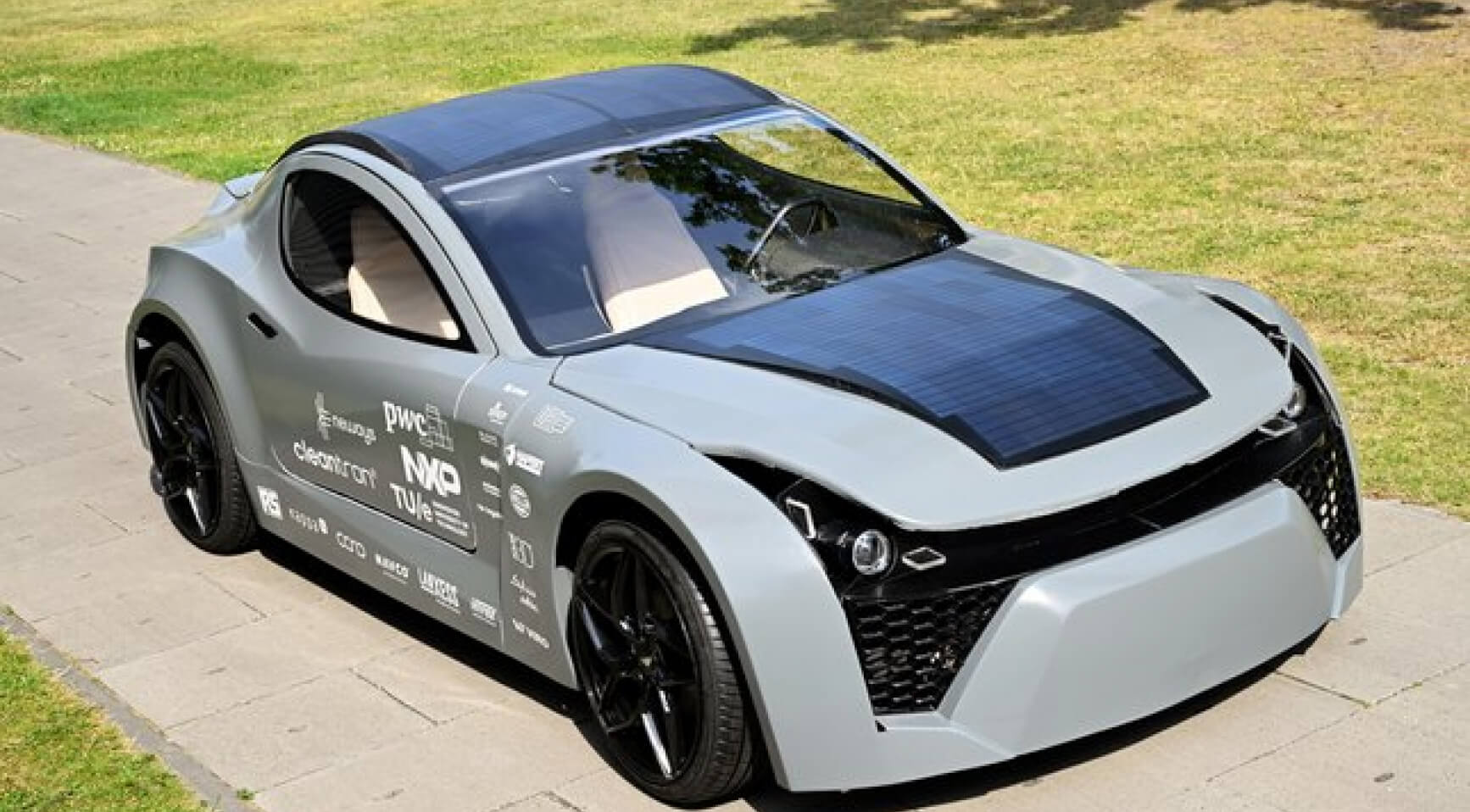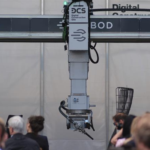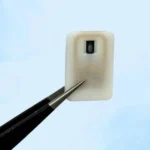A team of students at TU/Eindhoven have utilized 3D printing to build an electric vehicle that, among other ecologically friendly measures, captures more CO2 than it produces.
The passenger-carrying EV is named “Zem” and has been designed and constructed by the student’s TU/ecomotive team at the Dutch university.
The team used multiple production methods to ensure that CO2 emissions were kept down during manufacturing, contributing to the overall low carbon philosophy behind the design.

This included 3D printing the body panels and monocoque structure, which were designed and manufactured in collaboration with CEAD and Royal3D. Both companies are based in the Netherlands and focus on large format polymer additive manufacturing.
The printed parts have been made with recycled thermoplastics, which can in turn be shredded and recycled again further downstream after the car’s disposal.
Utilizing AM has allowed the students to produce the geometry required for the doors while cutting down on waste associated with traditional manufacturing methods.
Car door panels are typically formed with stamping and other sheet metal processes involving machined dies and tooling. Manufacturing car panels is expensive and comes with a high carbon cost.
In addition to the recycled thermoplastics, the team has made use of another waste material – carbon black.
By using carbon from the waste tyre industry, they have been able to use the recycled carbon black in the finish of their vehicle, further contributing to the circular economy.
But the Zem not only reduces carbon via careful and precise manufacturing methods but it actually sucks CO2 out of the air while it is driving thanks to a filter system designed by the team.
The concept is called Direct Air Capturing and it works by sucking up air and filtering it during normal driving conditions.
Over 20,000 miles of travel (about the equivalent of 1 year’s normal driving) the filter can remove 2kg of CO2 from the atmosphere.
“It is really still a proof-of-concept, but we can already see that we will be able to increase the capacity of the filter in the coming years. Capturing CO2 is a prerequisite for compensating for emissions during production and recycling,” said Louise de Laat, team leader at TU/ecomotive.
Our team changes with every concept car that we build and currently exists out of
TU/ecomotive consists of 42 students from different disciplines, and the team changes for each new car design. The team’s activities are focused on sustainable mobility.
“We want to tickle the industry by showing what is already possible,” said Nikko Okkels of TU/ecomotive.
“If 35 students can design, develop, and build an almost carbon-neutral car in a year, then there are also opportunities and possibilities for the industry.”
You can read more about Zem over at the TU/ecomotive website right here.











